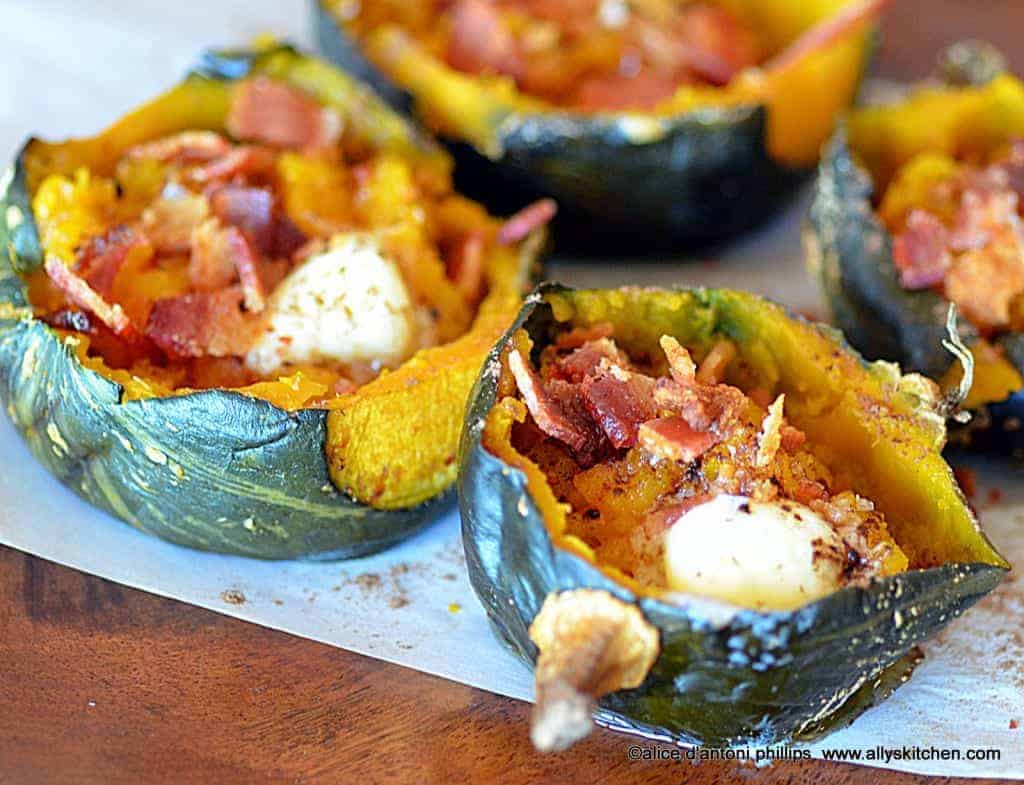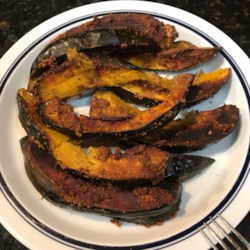
To get to the peppery, nutty golden-yellow flesh, cut the squash in half then bake with plenty of herbs and spices. Onion squash – bright orange and onion-shaped with soft flesh that is best used in soups or risottos, these squash only keep for a few weeks.Īcorn squash – this small squash has deep ridges that can make peeling difficult. Deep-green in colour with flashes of orange, the intense orange flesh is rich and nutty and mellows upon roasting. Turban, or Buttercup squash – a beautiful specimen that resembles a fat teardrop.

Use as a gluten-free replacement in pasta recipes the cooked strands are also excellent eaten cold tossed in vinagrette. When cooked, the tender flesh separates into spaghetti-like strands.
#Roasted acorn squash recipe balsamic skin#
Spaghetti squash – this curious oval squash has a golden-yellow skin and bright yellow flesh. Like its name suggests, the flesh has a buttery flavour that is enhanced by brown sugar or cinnamon. All squashes and pumpkins have a tough outer rind, an inner cavity filled with hard seeds and sweet, rich, well-coloured flesh with a dense, nutty and earthy flavour.īutternut squash – the most common and popular of autumn squashes, the butternut squash is a pale creamy beige and comes in an oblong shape with a rounded bottom. There is an amazing variety of sizes, shapes and colours, and although most are edible, some are used for decoration only.

Squashes, pumpkins and gourds belong to the same family as cucumbers, melons, marrows and courgettes.


 0 kommentar(er)
0 kommentar(er)
